- the start of a series of blog posts that explores the space of compressing floating point data
- this post explains the source of the data and patterns of the underlying data
- series compares a large number of techniques, compression solutions, and libraries
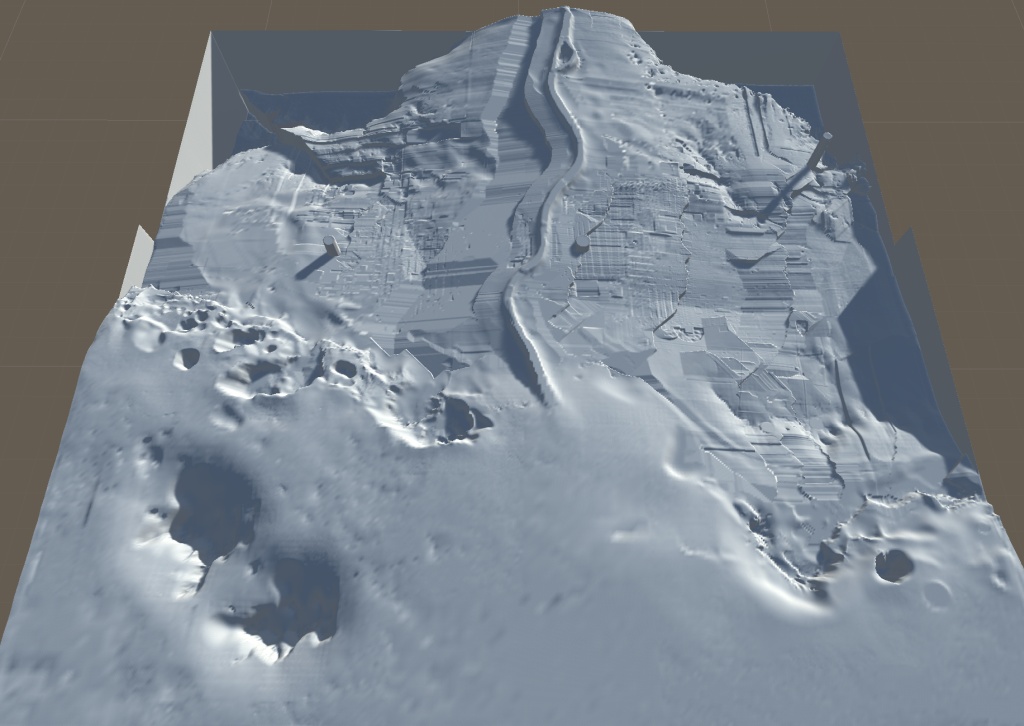
- short tutorial explains the concept of normal maps and how it influences the lighting computations
- shows how to interpret the meaning of the colors
- additionally shows the importance of normal map orientation
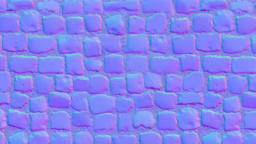
- the article explains how to create a shader in Unity that gives an object a subsurface scattering effect
- shows what effect subsurface scattering has on the lighting model
- presents how to integrate it into the standard surface shader
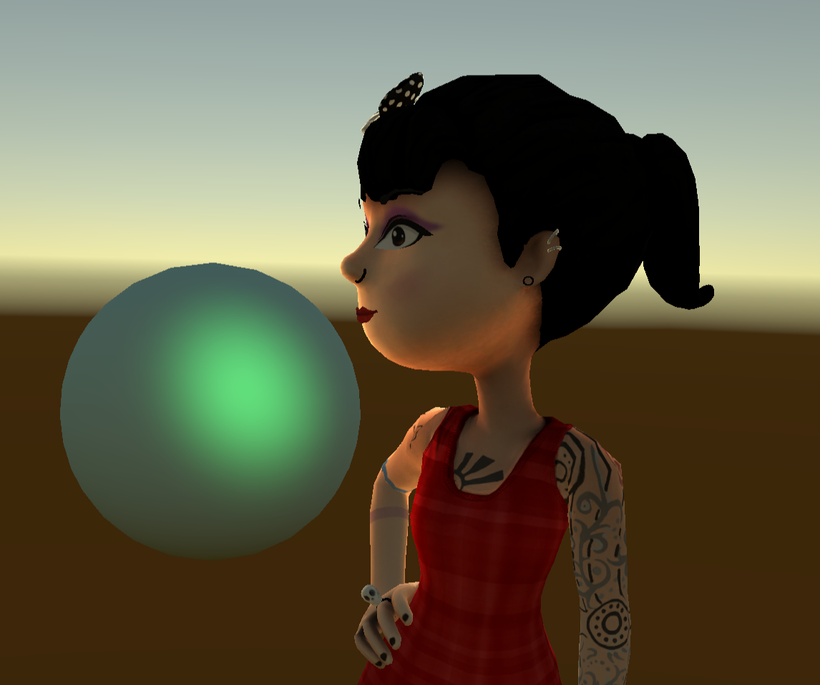
- the blog post explains how to convert a one-dimension threadIndex from compute shader into a 2D coordinate
- shows how to use Quad-wide Shuffle Operations to reduce reliance on group-shared memory
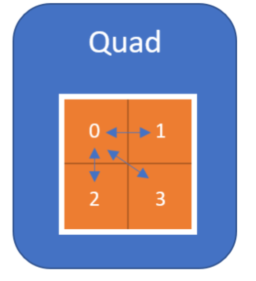
- the video tutorial shows how to adjust Unity and Unreal Shading models to be more fitting for Sand rendering
- shows how to adjust textures sources for efficient usage from shaders
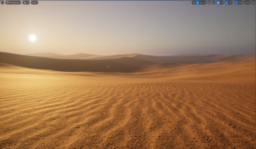
- the article presents a summary of what was discussed at the WebGL / WebGPU meetup
- lists new extensions coming for WebGL and the state of WebGPU rollout
- shows how the most significant obstacle for ThreeJS to adopt WebGPU is the requirement of WGSL shader language
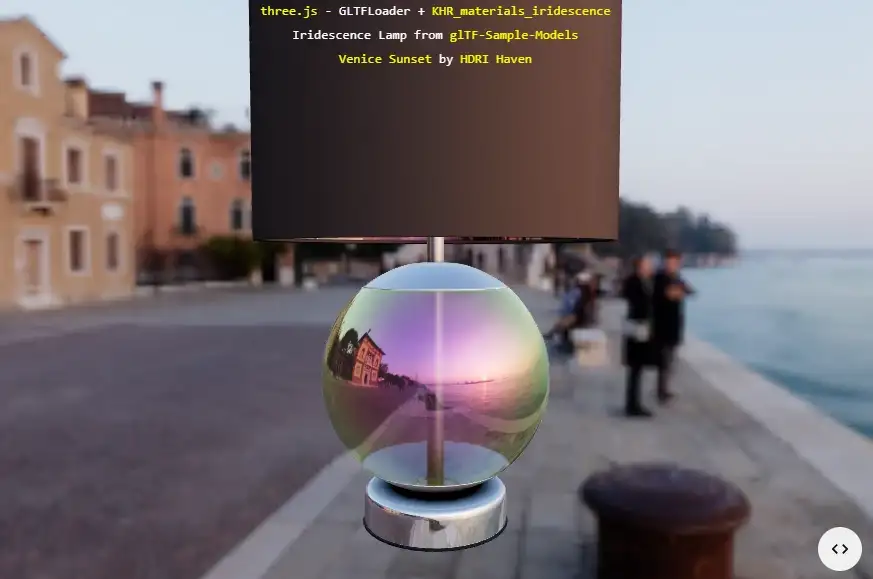
- the paper presents an alternative way to deal with the instability of generative adversarial networks (cGANs)
- suggests replacing the reconstruction loss with the energy distance
- paper contains a one-page summary of the technique
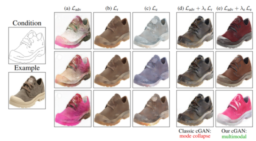
- the article presents a look back at the Shadowman game implementation for the PS2
- describes how to implement and optimize the four-point light setup while staying within PS2 limitations

Thanks to Top-OR for support of this series.
Would you like to see your name here too? Become a Patreon of this series.